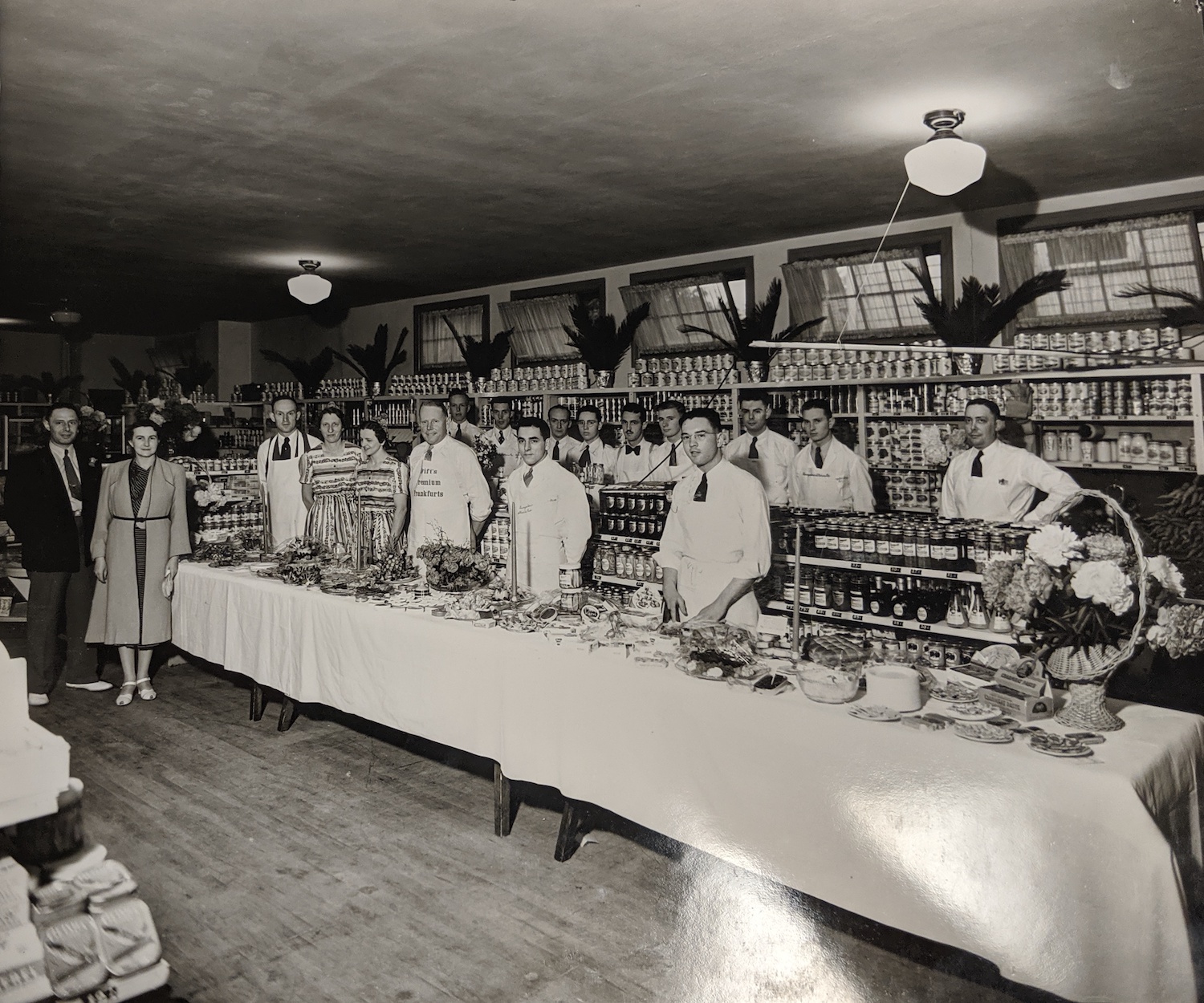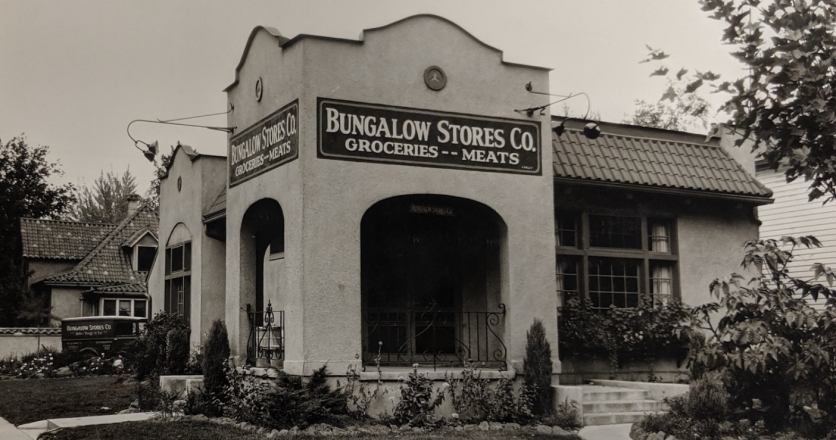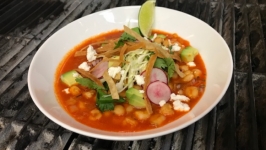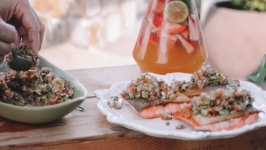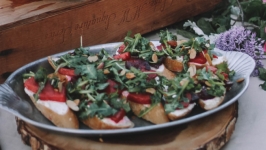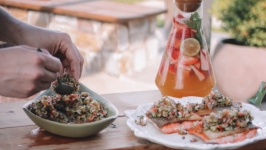Ghosts of Neighborhoods Past
When you go grocery shopping today, you probably get in your car, throw a few reusable bags in the back seat and head to your store of choice to stock up on food for the week. You might get some items at a supermarket or a big-box store.
If it weren’t for name tags, you likely wouldn’t know your cashier’s name, or anything else about them. They wouldn’t know you either. You might exchange pleasantries, but this is a largely impersonal experience. Having checked every item off of your shopping list, you drive home and begin the task of unloading your wares into your fridge, freezer and cupboards.
It comes as no surprise that the grocery shopping experience was quite different in the early 20th century. You wouldn’t get in a car, but rather travel on foot to a nearby neighborhood grocery. There was likely an option within two blocks, so you wouldn’t need to travel far.
Home refrigeration wasn’t yet common in the early 1900s, so instead of stocking up on fresh food and produce for the week, you might only have picked up what you needed for the day and planned to visit your grocer again the next day. Because you went so frequently, you would have likely been on a firstname basis with your local grocer. You’d have known the names of each other’s family members and have asked after the latest news of the neighborhood. It would have been both a practical visit and a social one.
When examined side by side, the difference between these two grocery shopping experiences is stark, especially when one begins to think about how we got from the intimate neighborhood groceries carrying local produce to the big-box stores with fluorescent lighting. Needless to say, the former deserves to be appreciated, documented and remembered.
This is exactly what has been done by two local historians in Boise. Barbara Perry Bauer and Elizabeth Jacox, both historians with TAG Historical Research and Consulting, were commissioned by the North End Neighborhood Association (NENA) to dive into the history of Boise’s North End historic grocery stores from 1900 to 1980.
Bauer and Jacox have created an incredibly information-rich pocket guide titled Just Around the Corner: Historic North End Neighborhood Groceries that sheds light on the role of local grocers, the history of North End neighborhood markets and the evolution of some of those historic buildings today. (The guide is available through TAG at 208-338-1014 or bpbauer@taghistory.com)
According to Bauer, the project consisted of three phases: research, location mapping and interpretive signage. The research phase was fun for Bauer. “I started to become fascinated by the idea of little corner stores, even before the recent pop up of bodegas in downtown Boise,” she says. “I was amazed once I started researching. At one point in the North End there were over 40 groceries. You can see how necessary they were.”
It’s clear that these neighborhood groceries provided much more than food to local communities. These stores were communication points for neighborhoods, prior to the age of home phones.
Many markets offered credit and provided delivery service, using that time to check up on their customers and make sure they were doing OK. It was a way to keep an eye on the neighbors and look out for one another. Bauer says that people didn’t do as much shopping around as we do today, which often resulted in strong relationships being formed between grocer and customer.
Since many groceries operated out of the front room of a house, their existence offered a unique opportunity for women who wished to do more than keep house. “Women often managed, operated and owned these stores,” says Bauer. “This allowed them to make some money and still be there for their children.”
Bauer says historic groceries in the North End would carry local produce, eggs from neighborhood chickens and more. She mentioned one local business, Boise’s Best Brooms, that sourced broomcorn from local farmers and crafted it into brooms to sell.
Once the mid to late 1950s rolled around, the presence of small corner grocery stores started to decline. But relics of these past groceries can still be seen today. Bauer recounted the story of a woman who moved into an old North End home and found grocery signs in a dusty corner of her basement, giving her a glimpse into the history of her home and community.
Although Boise’s last viable neighborhood grocery (Roosevelt Market in the East End) was demolished this past fall, a chance to see history firsthand still exists, thanks to Bauer and Jacox. Look for interpretive signs and brass markers throughout the North End to get a taste of the rich history that exists right under our feet and to find inspiration to bring some 20th-century grocery magic into today’s very different world.
TAG Historical Research and Consulting
North End Neighborhood Association
Just Around the Corner: Historic North End Neighborhood Groceries


